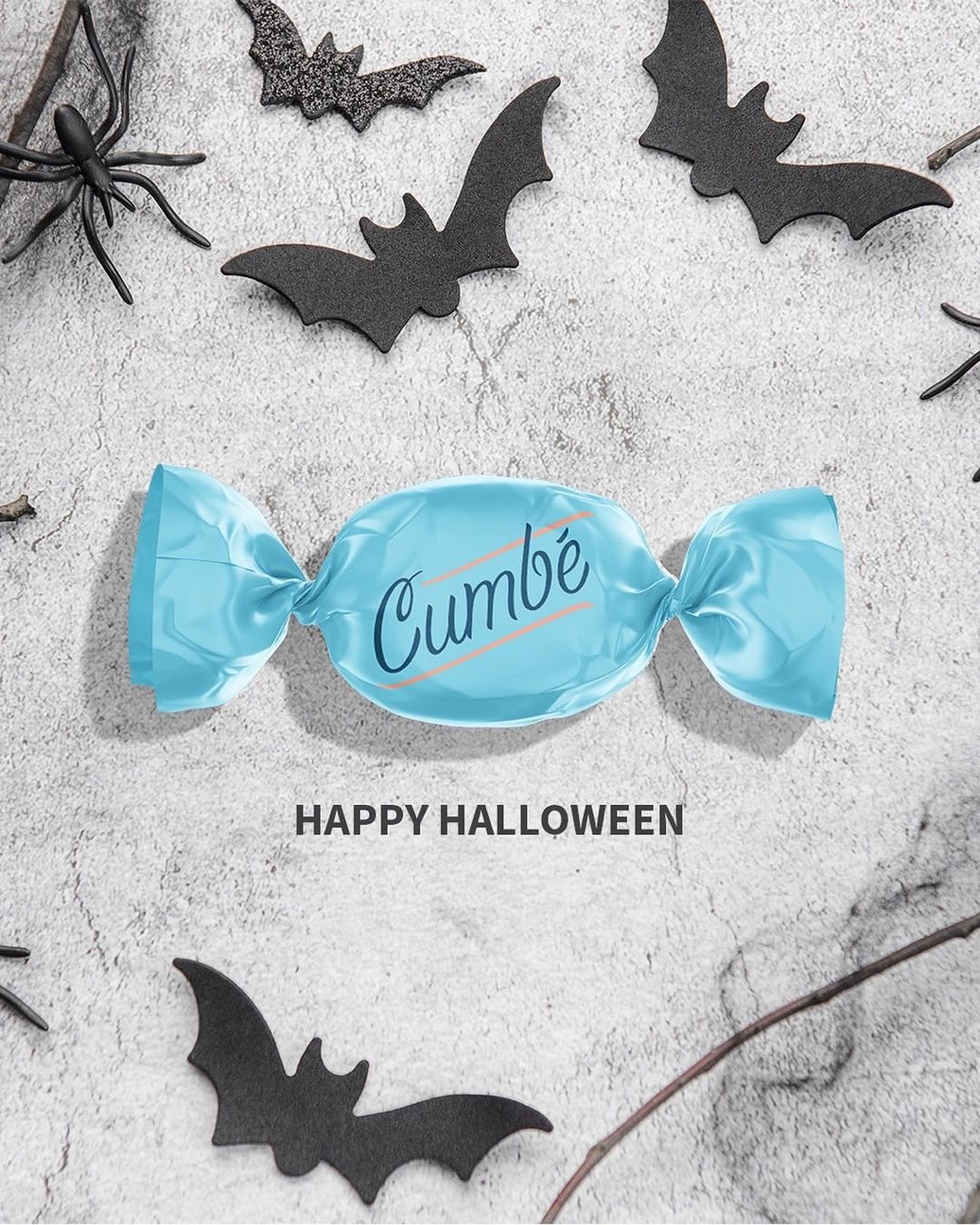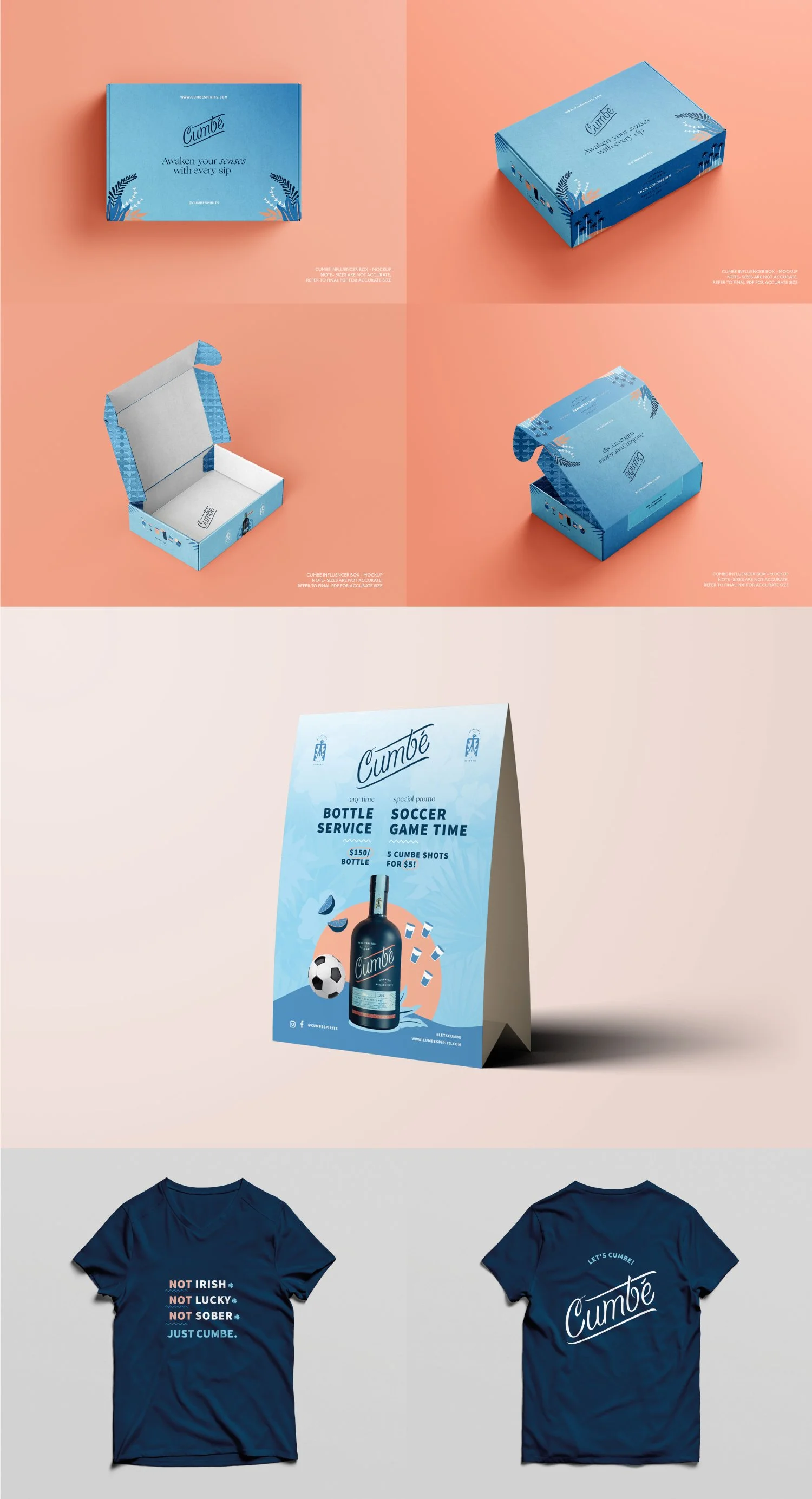Wholesale Director at Coolibar - 2023 to 2025
Leading sun protective apparel brand increases wholesale revenue by 40%
Results:
72% growth in pre-season order book
4X expansion of the sales team
66% increase in AOV
5x ROI in Tradeshow sales
Scope:
Wholesale Business Strategy | Territory Sales Expansion | B2B Solution Implementation | 3D Rendering | Customer Acquisition | Customer Retention | Reporting Solutions for Reps | Operational Efficiency | Promo Channel Development | International Distribution
The Challenge
In June 2023, Coolibar relocated its HQ from Minneapolis to Florida and enforced a back-to-office policy. As a result, 98% of the team chose to remain in MN and seek other opportunities. By January 2024, I stepped in to lead the Wholesale department, inheriting a drastically reduced team—what was once an eight-person operation had been cut down to two. Tasked with rebuilding the business from the ground up, I faced significant challenges, including the absence of key sales tools, domestic sales representation, pre-books, processes, and widespread inefficiencies resulting from the transition.
The Solution
A series of initiatives were executed to develop a short-term and mid-term business strategy that enabled Coolibar Wholesale to increase its contribution to company revenue from under 10% to 30%. These included expanding the sales team, optimising sales tools, implementing marketing and sales activations, and integrating new technology.
THE STRATEGY
To drive hyper-growth, our strategy centered on establishing Coolibar in the outdoor market. We needed to align with the industry's buying cycle, through a retro planning approach—accelerating company-wide timelines to have everything ready six months ahead of the standard schedule.
Simultaneously, we had to elevate our Wholesale operations to meet industry standards. This involved securing tradeshow participation, implementing effective sales and ordering tools, and optimizing sample presentations. Additionally, we needed a MAP policy, a well-defined SLA, and nationwide sales representation.
Phase 1: SALES TOOLS
On the first phase, we focused on launching our sales tools, comprised by a reduced but coherent selection of samples (90% reduction in pieces vs. LY), moving away from CADs and producing 3D renders instead to increase visual quality of the assortment, and last, optimizing the presentation and cost of our catalogues, to include renders, key fabric information, UV testing protocols, customization details, and incentives.
3D Rendering:
We worked with our Asia satellite office to hire freelance and in-house 3D designers who produced over 1,000 renders in 3-month periods.
Improved Catalogues:
Previously, we produced four catalogues per season, driving up costs. We streamlined this by consolidating them into a single, live document with monthly updates. Additionally, we developed targeted digital catalogues to tailor pitches for specific buyers and enhance the purchasing process.
Salesmen Samples:
Each rep received samples for all product variations—300 products, each with 4 to 6 variants—leading to excessive production. We streamlined this by providing samples only for best-selling pieces, with reps using never-out colors to complete their sets. This reduced sample production from 10,000 to under 1,000, resulting in $350,000 in cost savings.
Phase 2: DIGITALIZATION
The goal was to enhance efficiency by eliminating manual processes, reducing two-week order entry timelines, and streamlining communication. We moved away from SAP as our order management tool and implemented a Shopify-based solution powered by SparkLayer B2B. Additionally, we integrated Power BI as our reporting tool, providing visibility into historical sales, inventory, invoicing, short orders, and more.
Shopify + SparkLayer:
We selected Shopify as our B2B ordering platform, integrating SparkLayer to enhance wholesale functionality. Within six months, the system processed $800,000+ in orders, significantly reducing order entry time by 99.9%.








PowerBI:
To transition from SAP queries and Excel reports, we implemented Power BI as our primary reporting tool. This provided external reps and partners with real-time, accurate, and user-friendly access to essential data, enabling faster and more informed decision-making.
Phase 3: REMOVING OPERATIONAL BLOCKERS
One of the biggest challenges was eliminating dozens of inefficiencies that hindered Wholesale’s operational success. We tackled this by developing and optimizing departmental and cross-functional processes with videos and guides, resolving integration issues, and addressing warehouse and finance-related challenges such as invoicing and credit memo issuing.
Phase 4: GROWING SALES REPRESENTATION
Independent Rep Agencies: Expanding our sales force by partnering with well-established rep agencies to carry the line was a key milestone. In just three months, we grew our coverage from three territories to eight, quadrupling our independent reps. Key partners onboarded included Flamand Sports, Quinn Sales, SML Apparel, and High Route Ventures.
Tradeshows: We tripled our trade show participation, adding Surf Expo, PGA, Outdoor Retailer, and Grassroots, while also expanding our presence at regional shows.
Customization: To secure deals with chain hotels and golf resorts, we introduced our first-ever customization program through our 3PL. This initiative opened the door to corporate gifting opportunities and deals with accounts like Marriott, Hilton, and Baha Mar, positioning us as a sought-after vendor at golf/resort shows.
Phase 5: ALIGNING WITH THE INDUSTRY BUYING CYCLE
To achieve our ambitious 3-year goal, we had to integrate into the buying cycle of major and multi-door retailers, whose budgets are set nearly a year in advance. Here’s how we made it happen:
Streamlining the Wholesale Assortment:
Using a data-driven approach, we cut the wholesale assortment by nearly 50%, reducing SCVs from 400 to 200. This allowed Product Development to focus on creating CADs exclusively for the wholesale lineup, accelerating timelines and enabling us to order samples ahead of key pre-booking shows in May and June.
Pre-Season Program:
We developed and launched a pre-season program, aligning with industry norms. This initiative incentivized retailers to pre-book orders, enabling a more strategic merchandising approach. By focusing on wholesale best-sellers and prioritizing the most favored colors and styles at peak demand periods, we optimized inventory planning and purchasing efficiency.
Wholesale Policies:
We overhauled all wholesale policies to align with retailer expectations, reinforcing compliance and enhancing partner relationships. Key improvements included a stronger MAP policy, improved SLAs, better documentation, and restructured retailer agreements with more flexible return policies and discounts.











